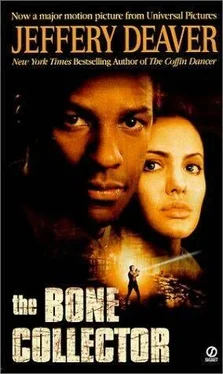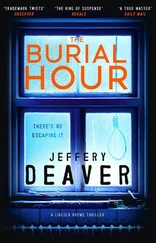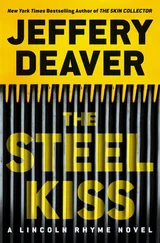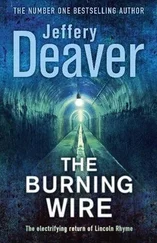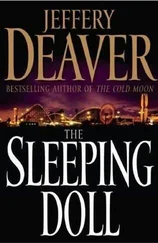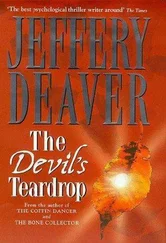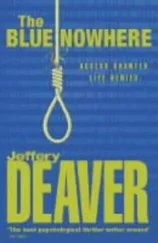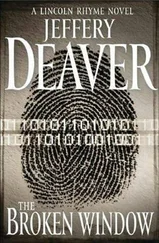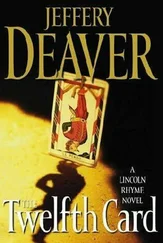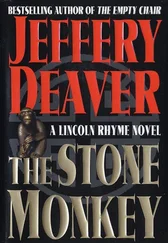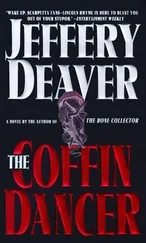Individuation of physical evidence: See “Identification of physical evidence.”
Lividity: The purplish discoloring of portions of the skin of a deceased owing to the darkening and settling of the blood after death
Locard’s Exchange Principle: Formulated by Edmond Locard, a French criminalist, this theory holds that there is always an exchange of physical evidence between the perpetrator and the crime scene or the victim, however minute or difficult to detect that evidence might be.
Mass spectrometer: See “Gas Chromatograph.”
Ninhydrin: A chemical that visualizes latent friction-ridge prints on porous surfaces such as paper, cardboard, and wood.
Physical evidence (PE): In criminal law, PE refers to items or substances presented at trial to support the assertion by the defendant or the prosecution that a particular proposition is true. Physical evidence comprises inanimate objects, bodily materials, and impressions (such as fingerprints).
Presumptive blood test: Any of a number of chemical techniques for determining if blood residue is present at a crime scene, even if it is not evident to the eye. Most common are tests using luminol and orthotolidine.
Scanning electron microscope (SEM): An instrument that fires electrons onto a specimen of evidence to be examined and projects the resulting image on a computer monitor. Magnification of 100,000X is possible with SEMs, compared with about 500X in the case of most optical microscopes. The SEM is often combined with an energy-dispersive X-ray unit (EDX), which can identify the elements in a sample at the same time the technician is viewing it.
Staging: A perpetrator’s efforts to rearrange, add, or remove evidence from a crime scene to make it appear that the crime he or she has committed did not occur or was committed by someone else.
Trace evidence: Bits of tiny, sometimes microscopic, substances such as dust, dirt, cellular material, and fibers.
Unsub: Unknown subject; that is, an unidentified suspect.
Vacuum-metal deposition (VMD): The most effective means for visualizing latent friction-ridge prints on smooth surfaces. Gold or zinc evaporated in a vacuum chamber coats the object to be examined with a thin layer of metal, thereby making a print visible.
I’m indebted to Peter A. Micheels, author of The Detectives, and E. W. Count, author of Cop Talk , whose books were not only wonderfully helpful in researching this one but great reads as well. Thanks to Pam Dorman, whose deft editorial touch is evident everywhere in this story. And of course thanks to my agent, Deborah Schneider… what would I do without ya? I’m grateful too to Nina Salter at Calmann-Lévy for her perceptive comments on an earlier draft of the book and to Karolyn Hutchinson at REP in Alexandria, Virginia, for invaluable help with wheelchairs and other equipment available for quadriplegics. And to Teddy Rosenbaum – a detective in her own right – for her fine copy-editing job. Students of law enforcement may wonder about the structure of the NYPD and FBI as presented here; tweaking the organizational charts was my doing exclusively. Oh, yes – anyone interested in reading a copy of Crime in Old New York may have a little trouble finding one. The official story is that the book is a fictional creation, though I’ve also heard the rumor that the one copy in existence was recently stolen from the New York Public Library – by a person or persons unknown.
– J.W.D.
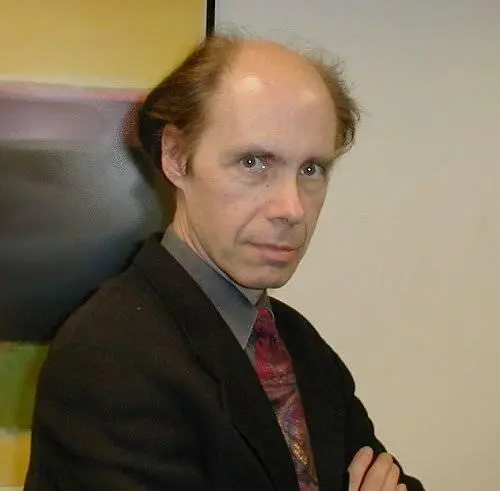
JEFFERY DEAVER is the author of nine suspense novels. He’s twice been nominated for Edgar Awards and is the recipient of the Ellery Queen Readers’ Award for best short story of 1995. His most recent thriller from Viking/Signet, A Maiden’s Grave , was an HBO feature presentation. The Bone Collector is soon to be a film from Universal Pictures.
***

